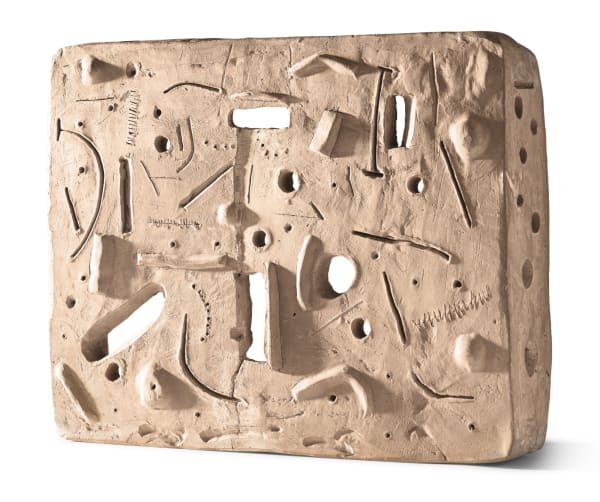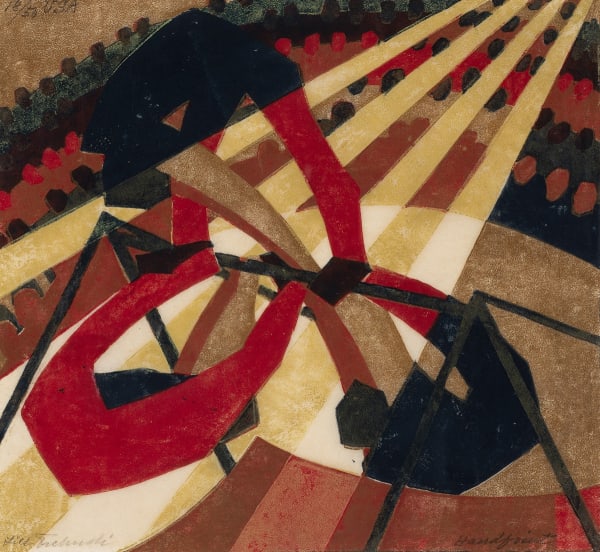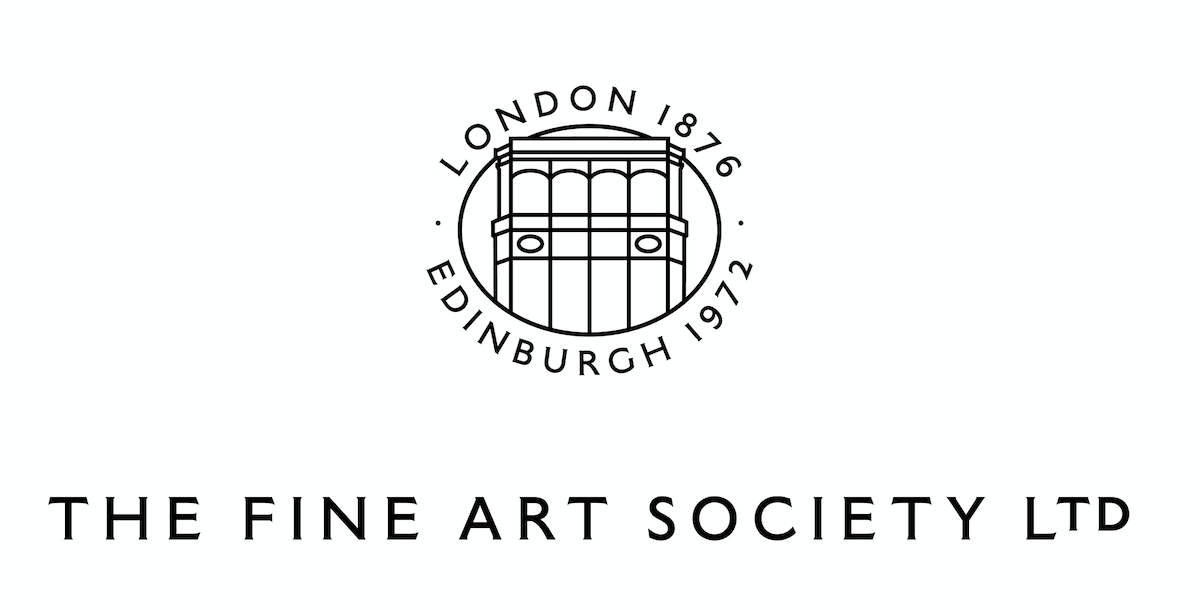Matt Collings, the writer and art critic has elaborated on this influence:
“He hand-makes angular, chunky frames for these paintings, possibly because that’s what artists like Mondrian and Malevich did, or alternatively because he wants to say that this isn’t just a painting, it’s a constructed thing – or maybe a bit of both. In any case the visual effect is that the work becomes very object-like. These paintings capture the moment when modernist Utopian dreams – the well-meant belief that peoples’ lives would be bettered by living in clean, modern, high rise buildings, with lifts, way up above the street with plenty of fresh air – evaporated.”
Thus, Hertford Estate neatly constructs and evokes a moment in history through shape and colour. His choice of bright yellow reflects the post-war mood of optimism and background of 1960’s psychedelia. With this in mind, perhaps Coventry’s own artistic perspective is perhaps not as jaded as Collings would have us believe.
Examining and appreciating this painting some twenty-five years after it was first created – a whole quarter of a century, no less – gives us pause for thought today, as society is faced with new challenges and the same need to ‘rebuild’ itself, metaphorically.
Coventry studied at Chelsea School of Art, and has exhibited widely including the now famous Sensation exhibition at the Royal Academy in 1998. His work is included in public collections including the Museum of Modern Art, New York, British Council, Arts Council of England and the Walker Art Center, Minneapolis.
This artwork is for sale through our London gallery.
For enquiries, please contact us directly on london@thefineartsociety.com 020 7629 5116





